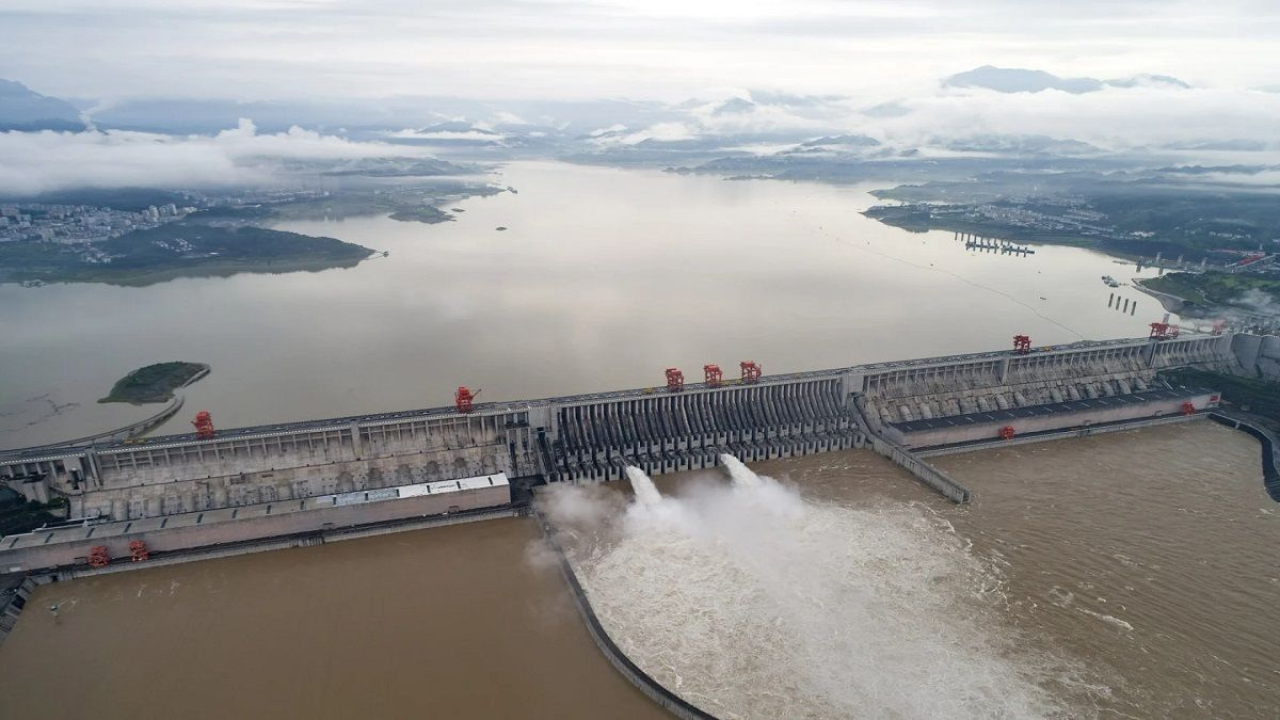In a strategic move to counter China’s ambitious hydropower projects on the Yarlung Tsangpo River (known as the Siang River in India), India has unveiled plans to construct its largest hydropower dam in Arunachal Pradesh. With an estimated cost of Rs 1.5 lakh crore, this mega-project aims to harness the untapped potential of the Siang River, a major tributary of the Brahmaputra, and secure India’s energy and water security.
Geopolitical Context
The project has gained urgency due to China’s ongoing construction of large hydropower dams on the Yarlung Tsangpo in Tibet, just across the border. These developments have raised concerns in India about potential disruptions to water flow downstream, which could affect the livelihoods of millions in northeastern India and Bangladesh. By developing its own infrastructure, India seeks to ensure that it retains control over the river’s water resources.
Project Details
- Location: The dam will be constructed on the Siang River in Arunachal Pradesh, a region known for its rugged terrain and immense hydropower potential.
- Capacity: Once completed, the dam will become India’s largest hydropower facility, surpassing the 2,000 MW Subansiri Lower project.
- Cost: The project’s estimated cost is Rs 1.5 lakh crore, making it one of India’s most expensive infrastructure ventures.
- Purpose: The primary goals are to generate clean energy, mitigate flood risks in the Brahmaputra basin, and establish a strategic counter to China’s projects upstream.
Environmental and Social Considerations
The scale of the project has sparked debates over its potential environmental and social impact:
- Biodiversity: The Siang River basin is home to rich biodiversity, including unique flora and fauna. Conservationists warn that large-scale dam construction could disrupt these ecosystems.
- Displacement: Local communities, particularly indigenous tribes, may face displacement and loss of livelihoods. The government has assured that rehabilitation and compensation plans will prioritize affected populations.
- Flood Control: On the positive side, the dam is expected to help regulate seasonal flooding in the Brahmaputra basin, providing relief to flood-prone areas in Assam and Arunachal Pradesh.
Economic and Strategic Implications
This project is not just about energy generation; it also reflects India’s growing emphasis on strategic infrastructure development in border areas.
- Energy Security: The hydropower plant is expected to significantly boost India’s renewable energy capacity, aligning with its climate goals under the Paris Agreement.
- Regional Development: The project will bring infrastructure development, job opportunities, and improved connectivity to Arunachal Pradesh, a state often overlooked in India’s broader development agenda.
- Strategic Balance: By matching China’s pace in dam-building, India aims to maintain a strategic balance in the region and ensure equitable water-sharing arrangements.
Challenges Ahead
Despite its potential benefits, the project faces significant hurdles:
- Environmental Clearances: Securing approvals while addressing environmental concerns will be a complex process.
- Geopolitical Tensions: The project could escalate tensions with China, which claims parts of Arunachal Pradesh as its territory.
- Local Opposition: Building consensus among local communities and addressing their grievances will be critical for the project’s success.
- Technical Complexity: The rugged and remote terrain of Arunachal Pradesh poses logistical challenges for construction.
Conclusion
India’s decision to construct its largest hydropower dam on the Siang River is a landmark step in securing its water and energy future. While it underscores the importance of balancing strategic interests with environmental sustainability and social equity, the project also highlights India’s determination to strengthen its position in the face of regional challenges. If executed effectively, this initiative could serve as a cornerstone for both national development and regional stability.

